Those Silly Saraguro “Cow” Hats
Not silly really. Intriguing is more like it. Intriguing, and most distinctive to be sure. I seriously doubt there are any such hats on the Planet quite like them.
That’s what first attracted me to the tiny village of Saraguro in the first place – way back in the early months of my arrival in Ecuador. Some stray photo in the Facebook Ecuador expat forums, of bright white hats with broad brims – the underside almost cartoonishly painted with – of all things – black COW SPOTS!
It took me a year, but suffice (as loyal TL readers are now well-aware) I recently headed to the heart of Ecuadorian “cow hat” country for the annual Pawkar Raymi Festival. Furthermore, as detailed HERE in my Saraguro Nitty Gritty post, I enjoyed a most delightful 3 day weekend, snapping photos of the Pawkar Raymi ceremony, the traditionally dressed town folk, the Sunday Market, and shoveling delicious food and “chichas” down my gullet at arguably the best restaurant in Ecuador.
Ah but, never content to do only the usual “tourist” things when I travel, from the moment I stepped off the bus in Saraguro I was obsessed with tracking down the source of these intriguing “cow spot” bonnets.
There were a few for sale in the handful of tourist tiendas along the town square, so I was able to finally hold one in my hand and marvel at its (surprisingly) ceramic-like felted-wool lacquered surface and its considerable heft (I’m guessing a good 5 pounds each!) Certainly not a cozy little knitted number meant to keep your ears warm. Nosireee. These puppies were hard as bricks, and easily as heavy. Indeed, I joked with the indigenous saleslass as I donned the hefty hat – miming as I shrank lower and lower in front of her that soon I’d be as “corta” (short) as she! Stiff and hard as rocks (not to mention $70 apiece), I surely wasn’t about to tuck one in my backpack and carry it home. Still, I was curious how and who made these unique doorstops.
When I asked several of the town folk where I might find the place where they make the hats, all I could elicit was a single name: “Frederico”. Inquiring further at my guesthouse, I asked the cook if she knew where they made the hats, and she replied “Tuncarta” – apparently a small village near Saraguro, about 15 minutes away by taxi.
Once again, I knew not what I would find there, nor if the mysterious “Frederico” might be located, but I was clearly hot on the trail now, and nothing would do but to hop in a taxi and head out into my favorite corner anywhere in the world: “The Unknown”.
Thus after the festival and a delish lunch at ShamuiCo, I rounded up a taxi and asked: “¿Cuanto cuesta a Tuncarta?”. The taxi driver replied with 3 fingers ($3), so I hopped in and we were off. The ride to Tuncarta was indeed little more than 15 minutes – though for the final leg we veered off the highway onto a muddy dirt road that wound up, and up, and up. Finally the driver stopped in front of a most humble little house, and simply mumbled “Frederico”. Confused, I stumbled out of the taxi, and gawked at what had to be the World’s most tiny and forlorn corporate headquarters:
Nonetheless, as I plodded my way through the muddy entry, I truly felt as giddy as Indiana Jones when he finally tracked down the last of the five Sankara Stones.
And this is what I saw:
Apparently “Frederico” is the ONLY maker of these distinctive, felted wool hats worn exclusively by the indigenous Saraguro community. Though Fred was out for the afternoon, his daughter was kind enough to show me around his workshop. Interestingly, the felted wool when painted and sanded repeatedly with the white maize pigment, is waterproof. And for added sealant, the edge of the wide brim is slathered with tar.
All-in-all, a most fascinating little excursion, and yet another reason to visit the lovely hamlet of Saraguro, Ecuador.
What about you – have you ever likewise set-off on your own “Indy” adventure, to unearth the source of some unique travel artifact?
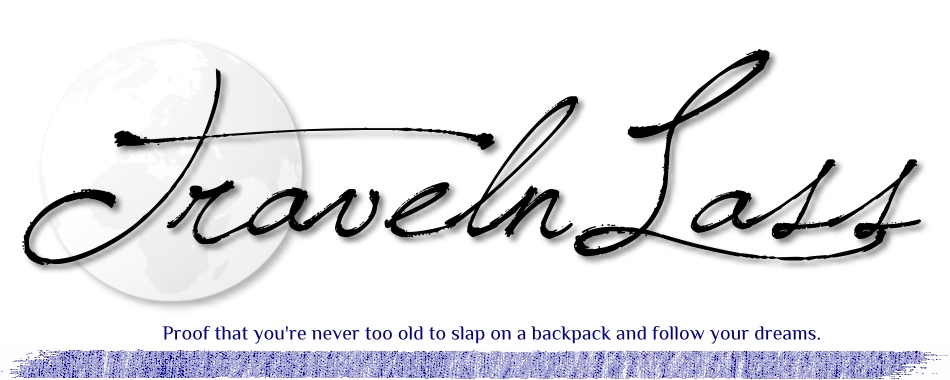
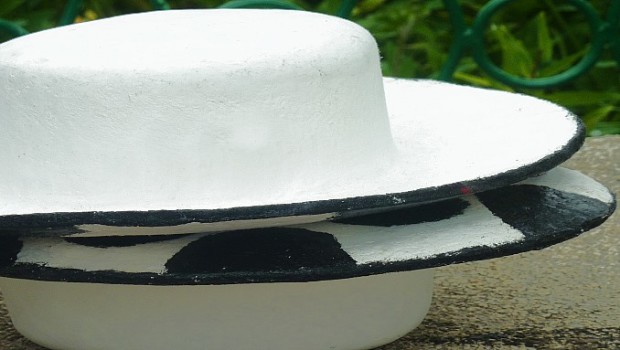
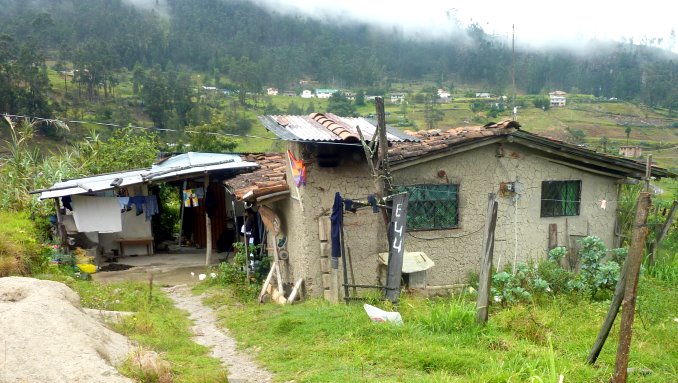
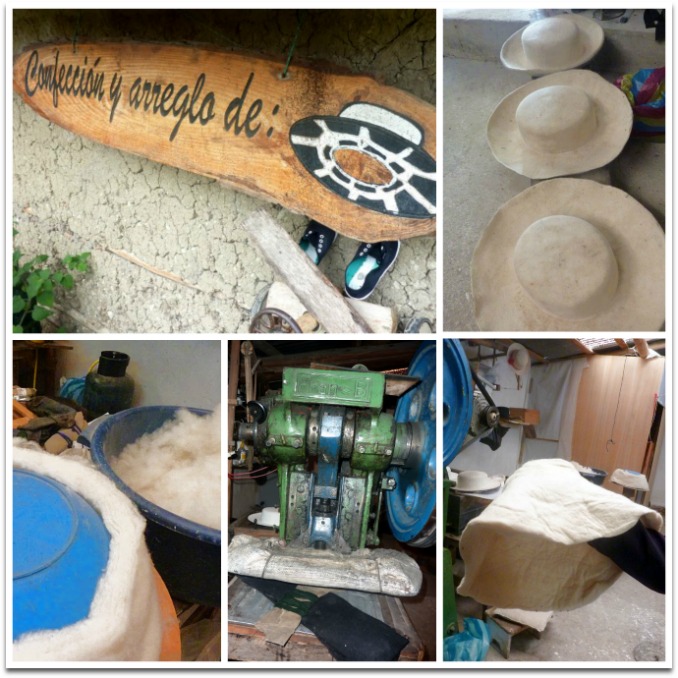
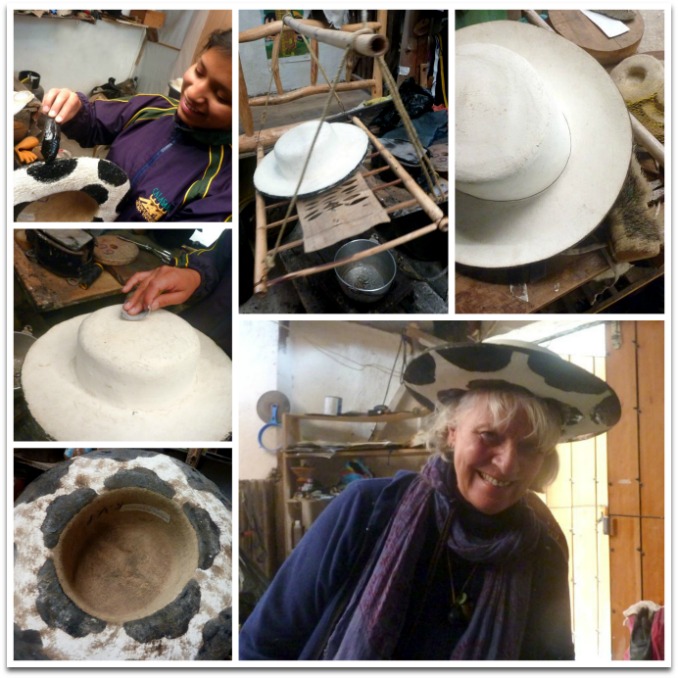
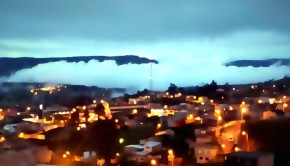
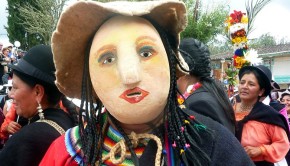
 Off-the-beaten-path travel is my passion, and I’ve always lived life “like a kid in a candy store” – eager to sample as many flavors as I can. Indeed, my life motto has long been:
Off-the-beaten-path travel is my passion, and I’ve always lived life “like a kid in a candy store” – eager to sample as many flavors as I can. Indeed, my life motto has long been:










